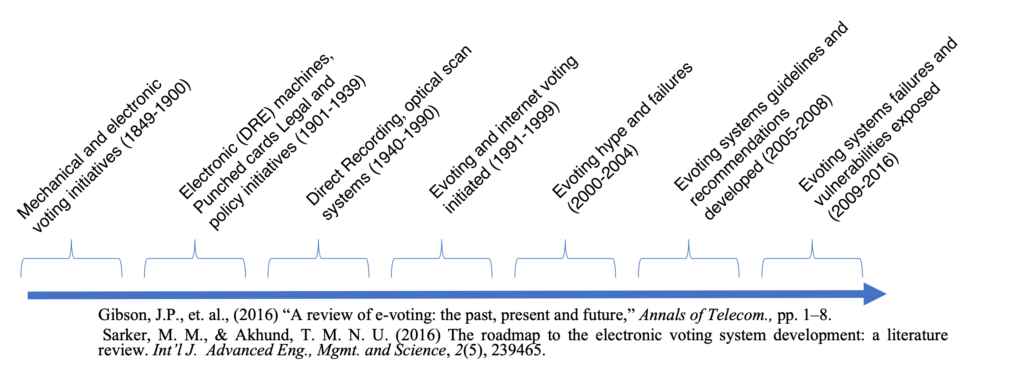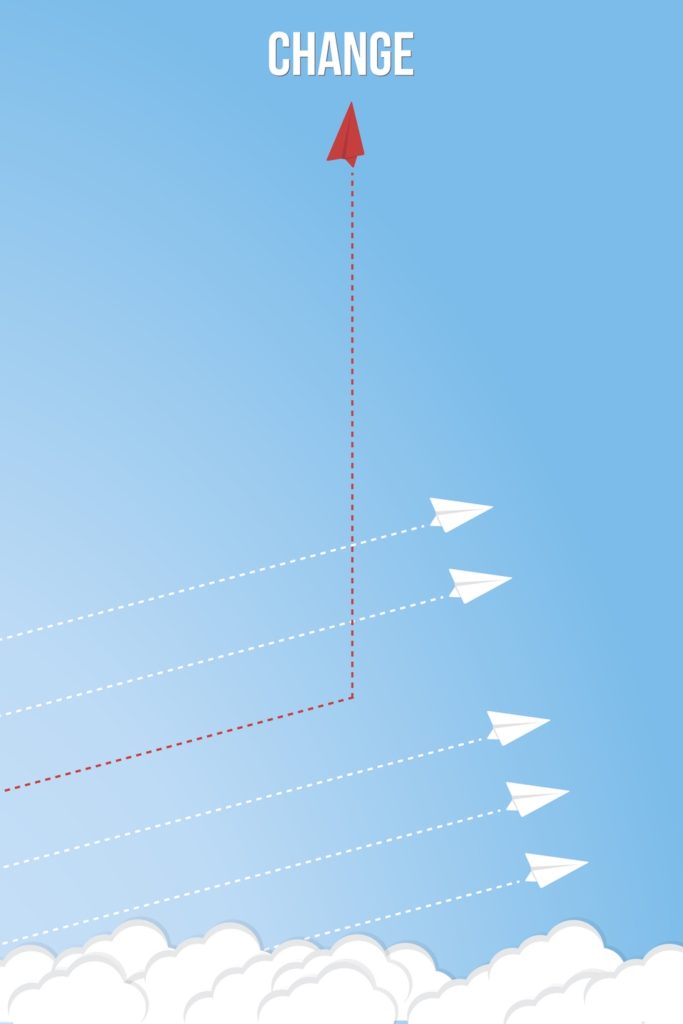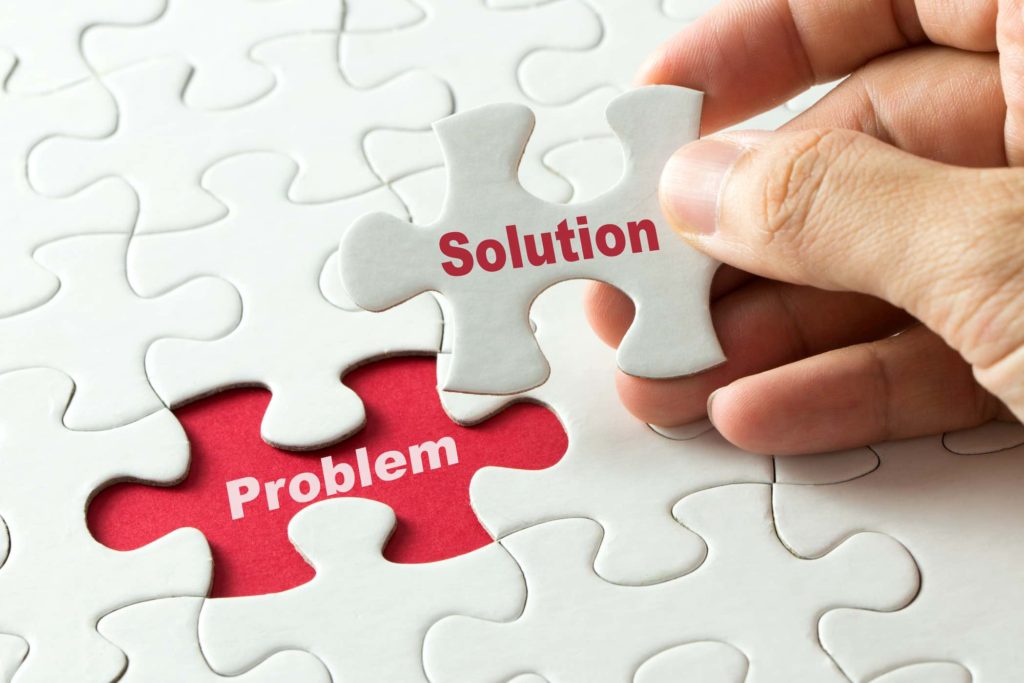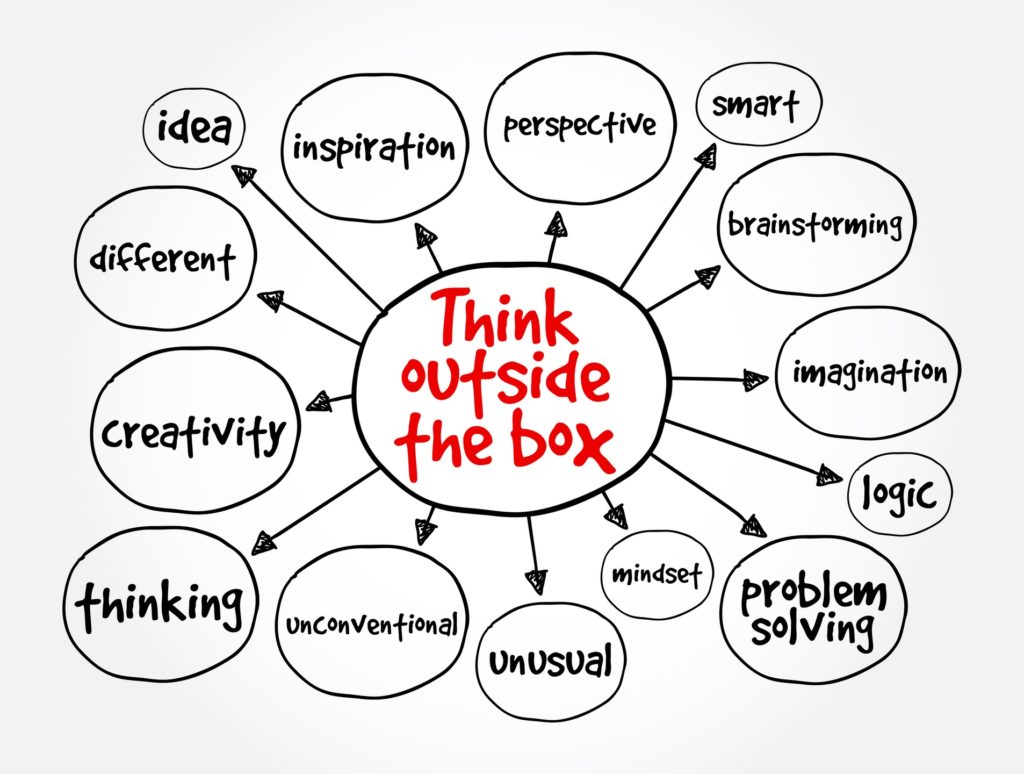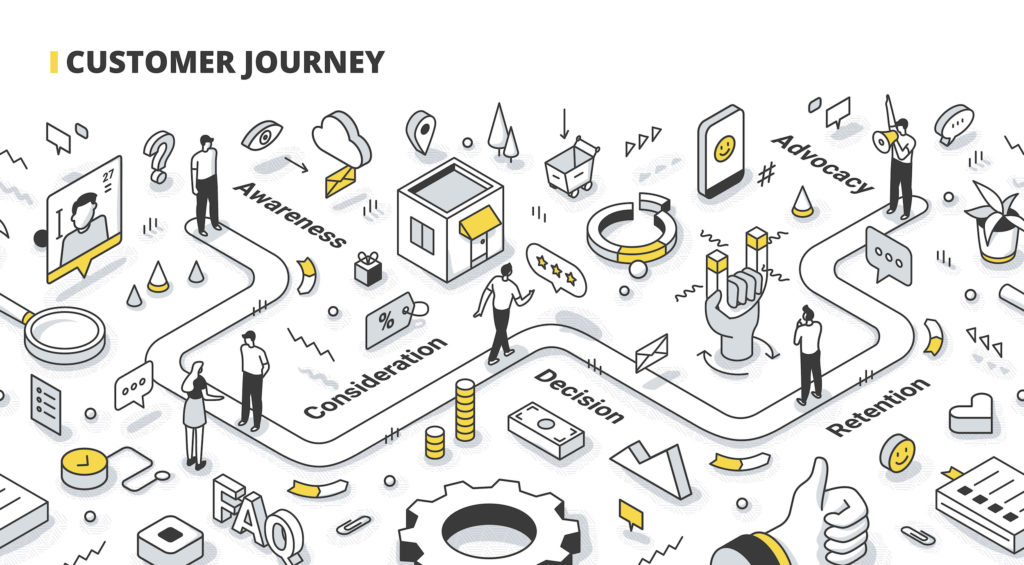Framing is a mental structure that is built upon the beliefs you have about yourself, your roles, your resources, your circumstances, and about other people. It is a structure you use to ascribe meaning in what you observe of the world around you. In other words, the meaning you perceive from any event is dependent upon how you frame it in your mind. As such, your frames shape how you perceive the world, yourself, and others. Our human perceptual capacity is like a magnifying glass that we can move over text or images. We focus in on something and often lose awareness of what originally surrounded that magnified area. It’s like cropping photos on our digital cameras. We crop the image to our preferred view of the scene and forget the bigger picture. Frames are inherent in your perception of the world; as such, they are either helpful within the context you are using them, or they are not. Frames can be optimistic or pessimistic, expand your possibilities or limit them (e.g. a growth or fixed mindset – (Dweck 2008)). Frames are therefore appropriate or inappropriate, good or bad, depending on your objectives. The more control you can achieve of the frame, the more options you have for selecting a frame that is more appropriate for your objectives. Framing and reframing perspectives on problem statements brings greater clarity to that problem statement.

When you decide to work on a project with others, you frame that problem with a scope in a project statement so that everyone knows what is included and excluded. With an explicit project statement, everyone can understand what a successful project outcome is and what they need to focus on in order to complete their part of the project. In the same way, the frames you use on a daily basis provide a context for your thoughts, attitudes, decisions, and actions. They help guide the direction of your thoughts, attitudes, decisions, and actions to help you accomplish your desired outcomes. Your desired outcomes may be an internal change (e.g. in creating new habits) or an external change in the world around you. Problems have been described at the discrepancy between the current state and some desired future state (your objective). Just as a project statement guides the completion of a project, a problem statement can be used to guide the solution of a problem to achieve your objectives.
When you’re stuck on a problem it often helps to look at it from another perspective. A “fresh pair of eyes” can be all that you need to come up with a great solution. Reframing is seeing the current situation from a different perspective. Reframing can be tremendously helpful in problem solving, decision making and learning. With reframing, one shifts one’s perspective to be more empowered to act effectively and impactfully. The goal of reframing is to expand your vision of a problem’s context so that you can consider a wider range of interpretations of what’s happened (the current state), or a wider range of potential future states (the desired outcomes), or a wider range of control mechanisms to transform the current state into the desired outcomes. Many times, merely reframing one’s perspective on a situation can also help people change how they feel about the situation. Reframing enables a choice of how to frame a problem, an opportunity for empowerment through learning and decision making. Recall that some frames may be more or less helpful for achieving particular objectives. Frame selection choices may enable easier, more efficient problem resolution, and/ or greater impact or value in the achievable outcomes.
Framing and reframing perspectives on problems
Framing and reframing perspectives on problems highlights the differences between different perspectives. When we consciously reframe, we look for patterns, examine our filters, and question our perceptions, we can emerge with a new picture of reality. We can reframe by shifting the perspective in a variety of dimensions (e.g. time, people, risk, resources (input scale), results (output scale). Many problems require participation by others for solution. Truly wicked problems require significant attitude shift by large numbers of other stakeholders. If we share our new perceptions with others and hear theirs, we can shift perspective into an enlarged reality. It can create change and movement, in personal relationships, in organizations, and even society at large.
The first step in solving your problem is to define the problem with a problem statement so that you can focus on the important aspects of your problem and remove the distractions that obscure its essential features. The process of selecting the essential aspects of your problem creates a (problem solving) framework for its resolution. Even without an explicit problem-solving framework, you inherently select some subset of information about your problem. If the problem is framed in such a way that essential elements remain obscured, then this frame may not be very helpful to resolving the problem. When consciously using a Problem-Solving Framework, you explicitly identify the essential features that you want to see in your problem statement. Using and explicit frame to structure your problem statement provides a starting point. Framing and reframing perspectives on the problem statement typically proceeds by asking a series of questions from a new perspective and then recreating the problem statement based on that perspective.
Is your client’s problem sensitive to the way it is framed?

Is your client’s problem sensitive to the way it is framed? Your client may not recognize the impact of framing the problem statement on potential problem solutions. Viable solutions may be cheaper and easier to develop if they only need to be applicable to clients within a reduced scope developed by refining the problem statement.
When developing the problem statement for your client, understanding diverse perspectives can impact the scope of the desired future state as well as constraints on viable solutions. If you are developing client problem statements, you might be interested in our free Guide to Writing Problem Statements. Everyone has Client’s problems that they need to solve, but are they solving the right problem? Are you solving your best problem? Whether you are a researcher, business professional or social entrepreneur, the solutions you develop to the problems that you face matter! We’d like to hear your view of the most important challenges in writing problem statements for your clients. We have a brief survey on the most important challenges that should take less than 2 minutes to complete. The survey tackles less than 2 minutes and you can get started right away by going to this link. I look forward to sharing these insights and resources with you.
A course on the use of perspective to refine problem statements is now available.
If you need help bringing the power of perspective to your client problem statement contact me.
References
(Dweck 2008) Dweck, C. S. (2008). Mindset: The new psychology of success. Random House Digital, Inc..






